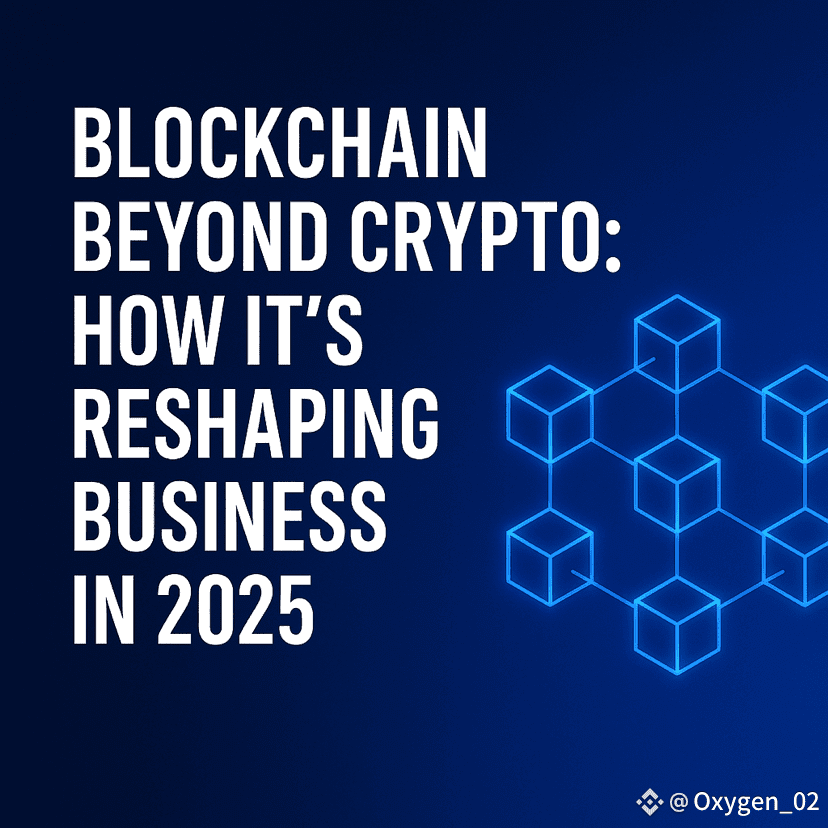
Introduction
For years, blockchain was tied closely to Bitcoin and cryptocurrency speculation. In 2025, however, the technology has matured into something broader, with businesses experimenting in sectors as varied as supply chains, healthcare, finance, and digital identity. The promise is simple, greater trust, transparency, and efficiency. But how much of that promise is real, and how much is hype?
Beyond Crypto
One of the most common uses of blockchain today is in supply chain tracking. By storing records on a tamper-proof ledger, companies can provide evidence of where products come from and how they move. This is valuable for combating fraud and meeting sustainability commitments, but in reality the system often depends on traditional processes at the start and end of the chain, making it less airtight than advertised.
Healthcare is another area where blockchain pilots are gaining traction. In theory, decentralized medical records could give patients more control and make information more secure. The challenge, though, lies in connecting these systems with the complex and often outdated IT infrastructure already in use across hospitals. Without proper integration, the benefits remain limited.
In the financial world, central banks are testing digital currencies built on blockchain. Advocates say this could make cross-border transactions faster and cheaper. Yet critics argue that central banks don’t necessarily need blockchain to achieve this, since existing payment systems already process millions of secure transactions every day.
Finally, digital identity is being reimagined with decentralized IDs that allow individuals to verify themselves without relying on governments or corporations. While empowering, this approach raises new questions about regulation, accountability, and fraud prevention.
Conclusion
Blockchain in 2025 is clearly more than just cryptocurrency. It has found real-world applications across industries, but adoption is far from smooth. The technology still struggles with integration, costs, and the gap between promise and delivery.
The lesson for businesses is to treat blockchain carefully. It is not a silver bullet, and in many cases traditional systems may still be more practical. Its value lies in the specific situations where it genuinely adds trust or efficiency, not in the hype surrounding it.
#Blockchain #Technology #cryptocurreny
